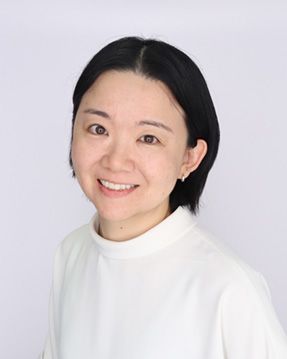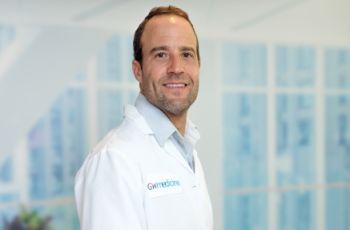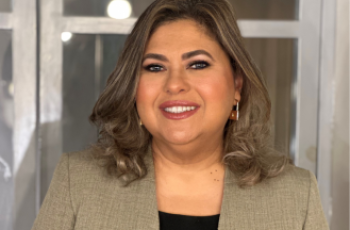
Maho Shibata’s worldview frames her approach to science and cancer research. Born in Japan, she came to the United States as a young child, returned to Japan, and then moved to Australia before obtaining her undergraduate degree in Biology at the University of Virginia. On each continent, her love of science was fostered. Now, she is researching tumor heterogeneity to understand the differences between the tumors in different patients, with a focus on prostate cancer.
What’s your story?
I’m a Japanese immigrant. My family came to the U.S. for my father’s job. We moved around a lot, and my education and training took place in three different countries around the world: the United States, back and forth to Japan, and then Australia. I always loved science, perhaps because there was a written language barrier for other subjects that wasn’t there for science and math. I knew early on that I wanted to work in research. When it came time to go to college, I returned to the U.S. to study biology in English. My initial interest was in genetics, but then I moved into developmental biology, which aims to understand how organisms develop from a single cell and form embryos with specialized organs. My research applies knowledge from developmental biology to understanding how cancers form.
What gets you out of bed in the morning?
When I was a graduate student, my father was diagnosed with a very rare and aggressive subtype of bladder cancer. He had surgery and then chemotherapy, but the cancer recurred, and he died quite young in his late 50s. I had some encounters with cancer before this, but I had never really thought about studying cancer. As my father was undergoing his treatment, I realized how much more we need to learn about cancer.
I’m especially interested in understanding tumor heterogeneity and how we can improve treatments for patients, particularly for those who may have very rare subtypes of cancer. As a basic researcher, my day-to-day focus is on understanding how prostate cancer is not a single disease. What causes tumors to evolve differently? Why are there differences from patient to patient?
I’ve had very supportive mentors throughout my training, and I would like to contribute similarly to the next generation. My lab has a great student team, and I feel very fortunate to do interesting research every day.
What is that one book that has influenced you the most?
I’m going to bend the rules and name two. The first is The Emperor of All Maladies by Siddhartha Mukherjee. It greatly influenced me as a cancer researcher, but it also provided me with the perspective of a cancer patient because my father was being treated for his cancer at that time. I was conducting my postdoctoral training at Columbia University Medical Center, where the author has his office and lab. Then, as a faculty member, I read it differently when the book was one of the assigned readings for the SPARC program. I am fascinated by the history of how different textile dyes were unexpectedly discovered to stain cells and tissues.
The other book is How to Write a Lot: A Practical Guide to Productive Academic Writing (Paul J. Silvia). As a new faculty member, I realize how important written communication is, whether for grants or manuscripts. One strategy discussed in the book is forming writing accountability groups so you’re not in the process alone. I dedicate time every day to writing. It’s so important to communicate our research; this book has helped me become a better writer, which is a continuing goal.
What absolutely excites you right now?
I’m very excited about the new directions our research is taking, thanks to our collaborations with clinicians and other research scientists. To better understand prostate cancer, we also need to know how cells in the normal prostate are regulated. We are asking questions about the cell types that are important during the development and growth of the prostate. This organ is unique because it grows a lot during puberty. For a new study, we imaged immune cells called macrophages during prostate development. In addition to great teamwork from lab members, advances in microscopy and imaging technologies and support from the GW Nanofabrication and Imaging Center made this study possible.
What’s the most interesting thing we should know about you?
I have two daughters, who were very young—just two and five—when I started here at the GW Cancer Center. They’ve grown quickly! One just graduated from elementary school. The girls keep me busy.
In my spare time, I like to read autobiographies, especially those written by very accomplished women scientists. So now I’m going to recommend a third book, Breaking Through My Life and Science by Katalin Karikó. She was awarded the Nobel Prize for Physiology and Medicine in 2023 for her work on mRNA vaccines. Like me, she’s an immigrant who came to the U.S. for opportunities to conduct research. I was inspired by the stories of her struggles and perseverance.



